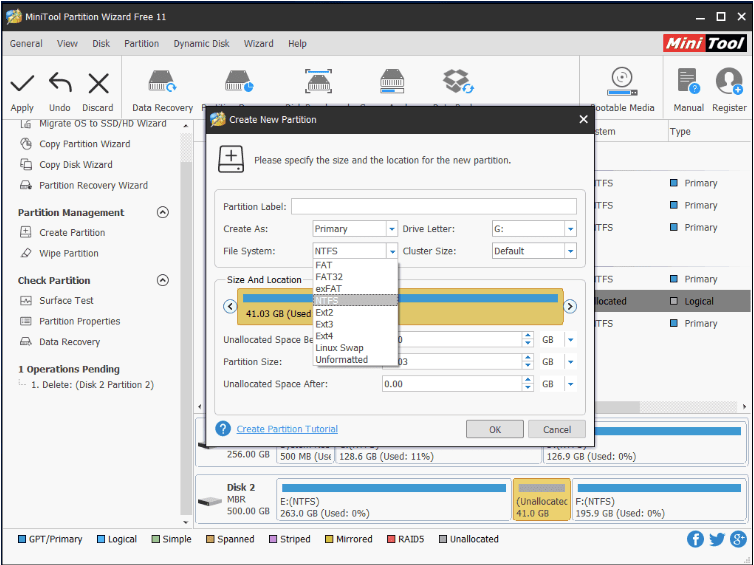
Expand the “Storage Controllers” section. Type devmgmt.msc and hit enter to open device manager. 
Make sure you have an internet connection for better results. This might solve your problem if the storage controller is the issue. Method 2: Update your motherboard storage controller and IDE ATA controllers drivers
 Restart you PC and check if the issue is resolved. After the scan is complete, click “Apply this fix” to resolve your issue. The troubleshooter will scan for problems. Click on Next in the popup window and follow the instructions. Now click on View All on the left panel of the screen. On the right top of the window, type “Troubleshooting” in the search bar (without the quotes) and click on Troubleshooting from the results. Type “control panel” and hit enter to open the control panel. To automatically scan and fix your hardware problem: Troubleshooting hardware can correct configuration and driver problems. Method 1: Troubleshoot hardware and devices Use the methods below to get rid of this problem. Using a third party disk management software can resolve this issue. It has a problem reading UDF (universal disk format), a file format that new SSDs come with hence making it easy to format in any operating system. There is a known issue in Windows 10 and 8 with the disk management utility. Another similar reason is that you might have set the wrong SATA storage controller mode/protocol (IDE, AHCI, ATA, RAID etc.) for your SSD or you had installed the SSD as a HDD in the BIOS. SSDs are a recent breakthrough newer than most motherboards hence the storage controller drivers of your motherboard might not be compatible and will need updating. One is that the storage controller drivers might not be compatible. There are several reasons why your SSD might not be showing in disk management but shows in BIOS. Why the SSD does not show up in disk management This article will explain why this happens and how to resolve it. Further investigation shows the SSD in the BIOS or device manager, but not in disk management or ‘diskpart’ hence there is no way to format it. However, in some cases, the SSD does not show up in disk management. After installing a new SATA SSD, you will need to format it from the Windows disk management utility. Desktop and some laptops provide an extra SATA connection for this purpose. Crucial, Samsung and Scandisk make some of the affordable SSDs but since they are of low storage capacity, they are used as a second disk or as the primary disk in conjunction with a large capacity HDD. Solid state drives (SSD) are taking over with their superior speed, low power consumption and lower temperatures.
Restart you PC and check if the issue is resolved. After the scan is complete, click “Apply this fix” to resolve your issue. The troubleshooter will scan for problems. Click on Next in the popup window and follow the instructions. Now click on View All on the left panel of the screen. On the right top of the window, type “Troubleshooting” in the search bar (without the quotes) and click on Troubleshooting from the results. Type “control panel” and hit enter to open the control panel. To automatically scan and fix your hardware problem: Troubleshooting hardware can correct configuration and driver problems. Method 1: Troubleshoot hardware and devices Use the methods below to get rid of this problem. Using a third party disk management software can resolve this issue. It has a problem reading UDF (universal disk format), a file format that new SSDs come with hence making it easy to format in any operating system. There is a known issue in Windows 10 and 8 with the disk management utility. Another similar reason is that you might have set the wrong SATA storage controller mode/protocol (IDE, AHCI, ATA, RAID etc.) for your SSD or you had installed the SSD as a HDD in the BIOS. SSDs are a recent breakthrough newer than most motherboards hence the storage controller drivers of your motherboard might not be compatible and will need updating. One is that the storage controller drivers might not be compatible. There are several reasons why your SSD might not be showing in disk management but shows in BIOS. Why the SSD does not show up in disk management This article will explain why this happens and how to resolve it. Further investigation shows the SSD in the BIOS or device manager, but not in disk management or ‘diskpart’ hence there is no way to format it. However, in some cases, the SSD does not show up in disk management. After installing a new SATA SSD, you will need to format it from the Windows disk management utility. Desktop and some laptops provide an extra SATA connection for this purpose. Crucial, Samsung and Scandisk make some of the affordable SSDs but since they are of low storage capacity, they are used as a second disk or as the primary disk in conjunction with a large capacity HDD. Solid state drives (SSD) are taking over with their superior speed, low power consumption and lower temperatures.








